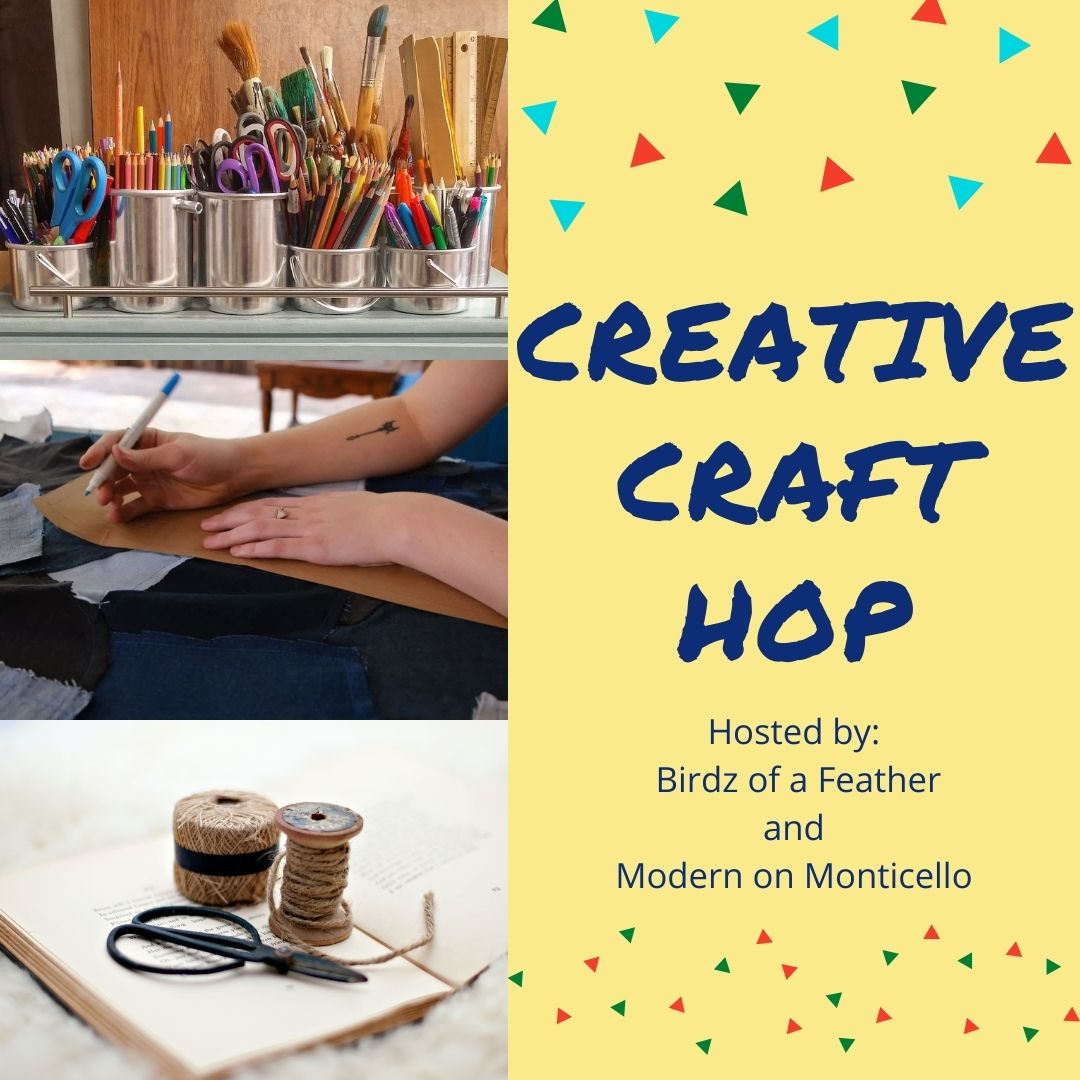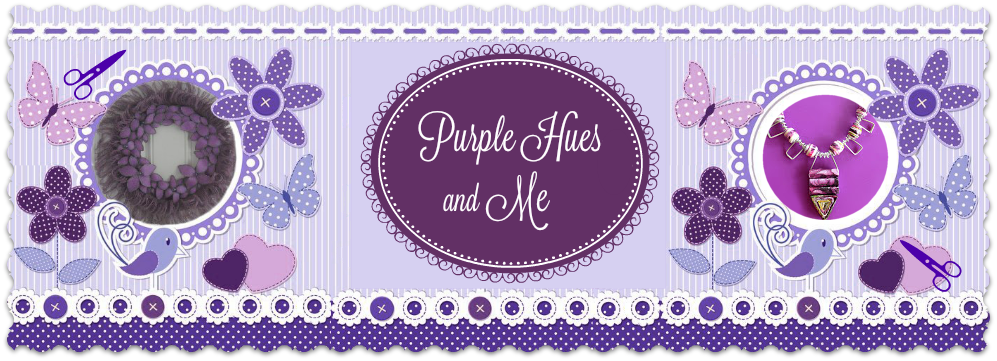As a crafter I love making faux flowers. And I've made a variety of faux flowers that you can see here, here, here, here, here, here and here - plus many more! I love making flowers! Faux flowers such as the above vibrant volume or 3D decoupage flowers offers a sustainable and eco-friendly
alternative to fresh flowers that can
provide the same aesthetic benefits without harming the environment. I know, we all love fresh flowers! Who can resist them! But these volume decoupage flowers don't require any water or energy for growing and harvesting. They also don't need any fertilizers or other chemicals which can harm the environment. Plus, you can enjoy your beautifully hand crafted faux flowers for a long time without worrying about them wilting or dying - making them cost-effective for
sustainable home décor!
Welcome to this month's Sustainable Craft Challenge Blog Hop hosted by Julie @Sum of their Stories! This month's theme is VIBRANT!
The vibrant volume decoupage flowers is my version of a Sospeso technique using printed transparent film invented and patented many years ago by Italian artist Monica Allegro. For this Vibrant theme, I decoupaged flower fabric onto clear transparent plastic film turning them into gorgeous three dimensional or volume decoupage flowers using heat and embossing tools. Sounds like fun and amazing? Well it is!
Here's what I used:
Disclosure I am a participant
in the Amazon Services LLC Associates Program, an affiliate advertising program
designed to provide a means for us to earn fees by linking to Amazon.com and affiliated
sites, this post may contain links. I may receive a very small commission at no
cost to you! The affiliate money I earn helps pay my crafting expenses. Thanks
so much for your support!
How to:
I'm not sure of the type of fabric I'm using. I've had it in my stash for a few years, but it feels like a blend of polyester. And it has large vibrant, colorful flowers in it!
The first step is to paint a layer of Mod Podge on one side of the clear transparent film.

Next, take a sheet of parchment paper and cover the film sheet, smoothing out the fabric and removing any wrinkles.
Remove the parchment paper and let the fabric dry completely. Drying may take a few hours. When dry, the flowers on the fabric should look nice and clear.
I covered four clear transparent film with Mod Podge and then smoothed them out on top of the flower fabric to dry. The decoupaged fabric flowers look nice and even more vibrant with the shiny or glossy appearance from the film!
Next, cut out the individual film sheets . . .
and start cutting out the individual flowers you want to use.
How cool does this cut out flower look!
Continue to cut out the individual and parts of the flowers you want to use. Remember you will be adding layers or parts of flowers for volume. Be sure to cut toward the center of the flower to emphasize the petals. If you're not sure of a petal, make one by cutting toward the center of the flower for shaping when heated.
Then light the candle and . . .
and hold the flower over the candle to feel the heat and not the flame. You want the petals to curl and not burn. It was easier for me to warm up the individual petals to curl. Once the petal begins to curl . . .
immediately grab your embossing tool and move the flower to the foam pad, running the embossing tool around the petal.
Continue heating and embossing the petals. Emboss the center of the flower for curvature by embossing the right side of the flower, being careful not to scratch the flower finish
Build the flower volume by embossing a second or third layer of a flower.
And finally, glue the layers together using a quick dry glue to . . .
create a gorgeous, vibrant flower!
Time to heat and emboss more flowers to . . .

decorate this awesome thriftstore candleholder!
First, glue on large volume decoupage flowers, using hot glue, around the candle base - you can go back after the hot glue dries to add a more permanent glue, such as the ceramic glue and then . . .
glue on smaller volume decoupage flowers around the decorative column . . .
for a vibrant, gorgeous look!
I hope you enjoyed how I made my Vibrant Volume Decoupage Flowers - a sustainable and eco-friendly alternative to fresh flowers!
Welcome to our monthly Sustainable Craft Challenge! As I mentioned before, this months' theme is VIBRANT! The challenge is all about sustainable crafting with a different theme each month! The projects must have some sort of a sustainable element to them. This could be an upcycling or recycling element, or something that reduces waste, uses leftovers, etc.
Be sure to check out all the creative VIBRANT Sustainable Craft projects from my fellow crafters listed below:




























































































